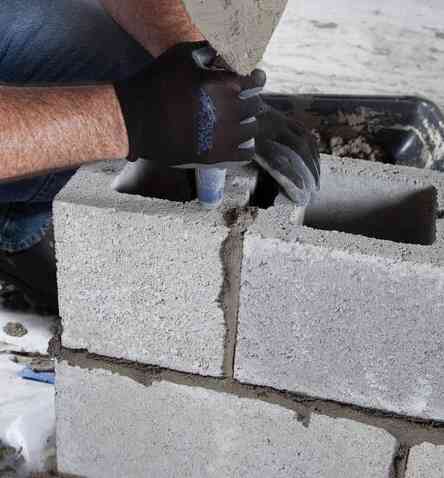Hydroxypropyl Methylcellulose (HPMC) is a versatile and essential ingredient in many construction applications. Due to its unique chemical and physical properties, such as water retention, viscosity control, and improved workability, HPMC has become widely used in a range of building materials. Let’s explore how HPMC enhances construction materials and the benefits it brings to different applications.
Key Functions of HPMC in Construction:
- Water Retention
- HPMC is known for its excellent water retention properties, which help maintain moisture levels in mortar, tile adhesives, plaster, and other cement-based products. This improves workability and ensures that materials cure properly, minimizing cracks or shrinkage during drying.
- Improved Workability
- HPMC significantly enhances the workability of construction materials. When added to tile adhesives or plaster, it makes these materials easier to spread and apply. It prevents rapid drying or setting, allowing construction workers to correct errors or reposition tiles without losing adhesion.
- Enhanced Adhesion
- HPMC plays a crucial role in improving the adhesion of materials like tile adhesives and wall putties. By increasing the adhesive strength, HPMC ensures that materials stick better to substrates, improving the longevity and durability of construction projects.
- Viscosity Control
- By adjusting the viscosity of construction mixes, HPMC helps achieve the desired consistency. Whether it’s for thin-set tile adhesives, grouts, or self-leveling compounds, the viscosity control helps prevent sagging or excessive run-off.
Applications of HPMC in Construction:
- Tile Adhesives
- One of the most common uses of HPMC in construction is in tile adhesives. HPMC enhances the open time of tile adhesives, allowing for better positioning of tiles without losing bond strength. It also improves water retention, ensuring a strong bond between the tiles and substrate.
- Cement-based Plasters and Mortars
- In cement-based plasters and mortar, HPMC contributes to smooth application and improved bonding strength. It also helps the mixture remain workable for a longer period, reducing the risk of hardening before use. HPMC also aids in minimizing cracking and ensures an even, smooth finish.
- Grouting Materials
- HPMC is used in grouting materials to enhance flowability and workability. Its water-retention properties ensure that the grout cures slowly and effectively, reducing shrinkage cracks.
- Self-Leveling Compounds
- For self-leveling compounds, HPMC helps achieve consistent flow and smooth leveling. It also plays a significant role in controlling the curing rate and strength development.
- Gypsum Plasters
- When added to gypsum plasters, HPMC improves adhesion and flexibility. It also increases the open time for easy application, which is critical when applying plaster over large areas.
- Dry-Mix Mortars
- HPMC is often used in dry-mix mortars to improve the handling characteristics and performance. It ensures the mixture stays wet longer, allowing for better bonding and curing.
Benefits of Using HPMC in Construction:
- Increased Efficiency
- By improving workability and prolonging open time, HPMC enables construction workers to complete their tasks more efficiently. This also reduces the risk of errors and wastage during application.
- Enhanced Durability
- The water-retention properties of HPMC help ensure that construction materials cure properly, leading to stronger, more durable finishes. This is crucial for creating long-lasting walls, floors, and tiles.
- Reduced Cracking and Shrinkage
- The water retention and flexibility provided by HPMC in mortars, plasters, and tile adhesives reduce the chances of cracking and shrinkage during the curing process, improving the overall durability of the final product.
- Versatility
- HPMC’s wide range of applications in different construction materials makes it an essential additive for manufacturers producing tile adhesives, grouts, plasters, cement mortars, and more. Its versatility makes it an effective ingredient across various stages of the construction process.
Conclusion:
Hydroxypropyl Methylcellulose (HPMC) is an indispensable additive in modern construction applications due to its ability to improve workability, water retention, adhesion, and viscosity control. Whether it’s in tile adhesives, cement-based plasters, grouts, or self-leveling compounds, HPMC significantly enhances the performance of construction materials, resulting in better-quality, longer-lasting finishes.
By incorporating HPMC into construction products, manufacturers can ensure that their materials are easier to use, more durable, and more efficient for construction professionals, contributing to higher-quality results and reduced costs.


